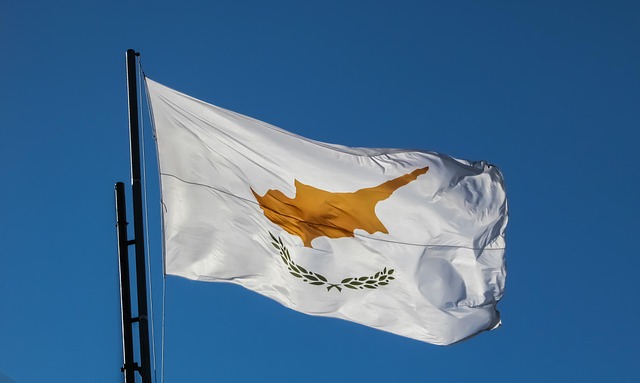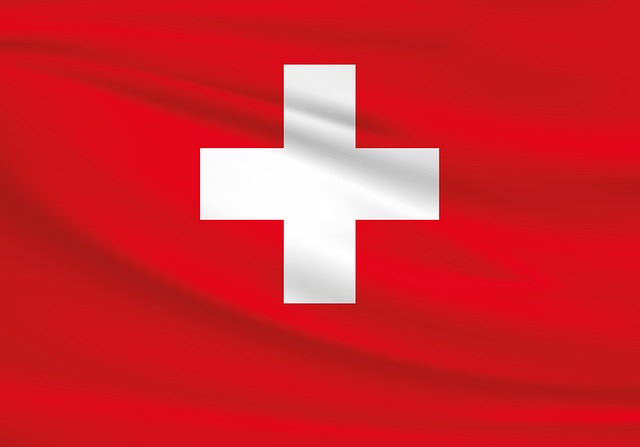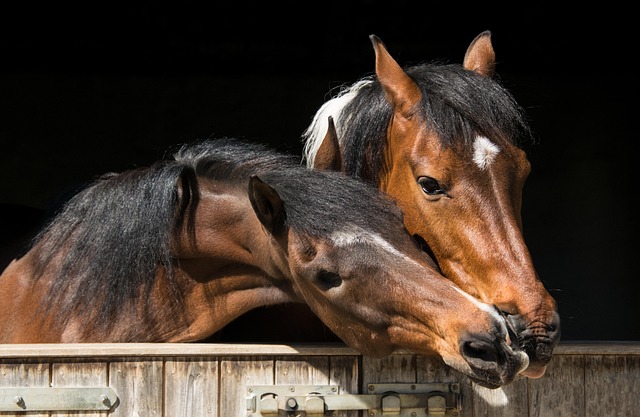When reproducing historic flags like the 1st Cavalry Division flag, research is key to ensure authenticity. Examining historical artifacts, comparing reproductions with originals, and understanding material, colors, and construction methods of the era are crucial steps. Online resources guide accurate recreation of insignias and designs, preserving the rich heritage of these symbolic flags.
Reproduing historic flags accurately is an art that demands meticulous attention to detail. This article guides you through the process of recreating vintage banners, such as the iconic 1st Cavalry Division Flag, with historical precision. We explore key steps including researching the flag’s historical context and symbolism, examining existing examples and variations, understanding fabric, colors, and construction techniques, and preserving intricate details and proportions for ultimate authenticity.
- Research Historical Context and Symbolism
- Examine Existing Examples and Variations
- Understand Fabric, Colors, and Construction Techniques
- Preserve Detail and Proportions for Authenticity
Research Historical Context and Symbolism

Researching the historical context is an integral part of accurately reproducing flags like the 1st Cavalry Division flag. Understanding the era, military tactics, and cultural symbolism behind a particular banner provides a solid foundation for creating an authentic reproduction. Each flag tells a unique story, often reflecting the values and aspirations of its time. For instance, the 1st Cavalry Division’s insignia and colors have evolved over centuries, each change mirroring shifts in military strategy and American identity.
When striving for accuracy, it’s crucial to delve into period-specific details like the reproduction period US Army flags were used, their dimensions, and unique design elements. Online shops like Ultimate Flags offer resources and products catering to enthusiasts and historians. By comparing these reproductions with original historical artifacts, one can ensure that every thread and emblem captures the essence of the 1st Cavalry Division banner specifications. This meticulous approach allows for a faithful representation that not only looks the part but also conveys the rich heritage associated with such iconic flags.
Examine Existing Examples and Variations

When aiming to reproduce historic flags accurately, such as the 1st Cavalry Division flag, examining existing examples is crucial. These primary sources provide a detailed look into the flag’s design, including its colors, patterns, and any unique features from different periods. Historical societies, museums, and archives often house these original artifacts, offering a rich resource for accurate reconstruction. By comparing various specimens, you can identify variations in design that may have occurred over time due to changes in production methods or military regulations.
For instance, the 1st Cavalry Division flag has seen slight modifications throughout its history. Online shops like Ultimate Flags, which specialize in military heraldry, provide an extensive catalog of US Army flags, allowing enthusiasts and researchers to study these variations. Shopping sites like Ultimate Flags offer detailed descriptions and high-resolution images that can aid in identifying specific design elements. This process ensures that any reproduction captures the flag’s authenticity, paying homage to its historical significance.
Understand Fabric, Colors, and Construction Techniques

Reproducing historic flags accurately requires a deep understanding of the fabric, colors, and construction techniques used during their time. The choice of material is vital; historical flags were often crafted from natural fibers like cotton, linen, or silk, each with distinct properties. For instance, linen’s strength and durability made it ideal for outdoor flags while cotton’s softness was suitable for indoor banners. Colors played a significant role in flag design, both symbolically and practically. Dyes used in the past can vary greatly from modern equivalents, so meticulous research is essential to match not only hue but also vibrancy and fading properties.
Construction techniques also differ across eras. Historical flags often featured intricate designs stitched by hand, with each thread carefully placed to create emblems, stripes, or other motifs. These methods required skill and time, impacting the overall quality and longevity of the flag. The 1st Cavalry Division flag, for instance, showcases a unique design that combines bold colors with precise embroidery, highlighting the importance of preserving these techniques. Ultimate Flags, similar online stores, offer resources and guidance on finding authentic materials and recreating historical insignias like the world war II 1st cavalry division insignia, ensuring accuracy in every detail.
Preserve Detail and Proportions for Authenticity

To accurately reproduce a historic flag like the 1st Cavalry Division’s, preserving its detail and proportions is paramount. Each element of the flag—from the design and colors to the size and shape—carries historical significance. The 1st Cavalry Division flag, for instance, boasts unique symbolism that tells the story of its unit. Any reproduction must accurately reflect these nuances to honor the flag’s historical significance.
The process involves meticulous research into vintage textiles of the American West, where the original flags were made. The 1st cav div emblem history provides valuable insights into the design’s evolution and the materials used. By adhering strictly to these guidelines, a reproduction can do justice to both the aesthetics and the profound symbolism inherent in these historic artifacts.
Accurately reproducing historic flags, such as the iconic 1st Cavalry Division flag, requires meticulous attention to detail. By researching the historical context and symbolism, examining existing examples, understanding fabric, colors, and construction techniques, and preserving intricate details and proportions, enthusiasts can create authentic replicas that pay tribute to our past. These steps ensure that the flags not only look visually stunning but also convey the rich narratives of their times.
